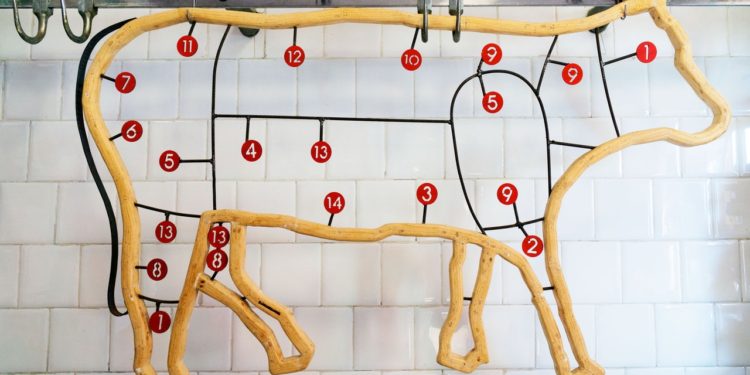By WIRED
Science teachers in many states are currently updating their lessons to incorporate the Next Generation Science Standards (NGSS)—a set of teaching guidelines that encourage educators to place more emphasis on how science is used in the real world. AFBFA funding documents show that the foundation intends to use the adoption of the NGSS as an opportunity to provide teachers with learning materials that relate to the beef industry.
“Furthermore, NGSS requires teachers to approach challenging topics such as climate change and sustainability,” reads an AFBFA funding authorization request for its education program. It continues: “Teachers and students are receiving information from educationally trusted sources that do not represent agriculture accurately or in a balanced way, and beef production is often the target of misinformation. To achieve balance and to ensure the accuracy of information, a concerted effort must be made to engage teachers in the conversation around these topics.”
Dutkiewicz says that food production should be taught in US schools but that industry-funded material is unlikely to provide objective information about the impact of beef production. “I worry that clearly partial resources that are strategically designed to achieve a corporate messaging are being provided by a Checkoff program,” he says.
The AFBFA campaign also includes in-person events where educators visit ranches or other parts of the beef supply chain. In 2023, 29 teachers and school administrators from across the US visited Denver for a three-day event hosted by the Colorado Beef Council. Similar events have taken place in Minneapolis, Nashville, Oklahoma City, and Syracuse, New York, since 2019. The Denver event also included three webinars.
According to Meloy, the program is primarily aimed at high and middle school teachers. Each of the AFBFA’s “On The Farm” immersive events hosts up to 30 educators, and participants at the most recent event represented over 70,000 students.
The most recent funding proposal from the AFBFA sets out the program’s goals for 2024. The organization hopes to reach 2.5 million educators with its classroom resources and in-person events, plus an extra 125,000 “key opinion leaders.”
The beef industry is particularly interested in reaching younger people who may be less likely to eat beef. “They’re really worried about younger generations,” says Nusa Urbancic, CEO at the Changing Markets Foundation, an environmental NGO. Teachers are a useful way to influence young people because they have credibility, Urbancic says.
Getting beef-industry-funded learning resources in front of young people is also an opportunity for the industry to paint eating beef as a socially and environmentally acceptable thing to do, says Jacquet. The AFBFA classroom resources tend to prominently feature images of cattle in open fields. While most cows farmed in the US spend their first year or more on pasture, the majority are confined in concentrated animal feeding operations for the final six months of their lives. According to one analysis by the nonprofit Sentience Institute, some 70 percent of US cattle are factory farmed in this way.
Meloy argues that AFBFA’s programs are designed to use the most current science applied to authentic and relevant contexts. “This program’s resources do not promote or encourage students to make a predetermined decision. Scientific accuracy is our focus and is demanded by the K-12 Framework for Science Education and built into the NGSS,” he says.
For 2024, the AFBFA wants to provide teachers with even more online resources to learn about the beef industry. The funding request for this year also suggests that the AFBFA will work more closely with state beef councils to implement the educational program.
The expansion of this effort worries Jacquet. The meat and dairy industry is a well-organized machine, she points out, with its lobbyists attending COP28 in record numbers. “It’s a little terrifying to me that I don’t see anyone out in front of this—I don’t see the counterpoint to what they’re doing in schools,” she says.







Discussion about this post